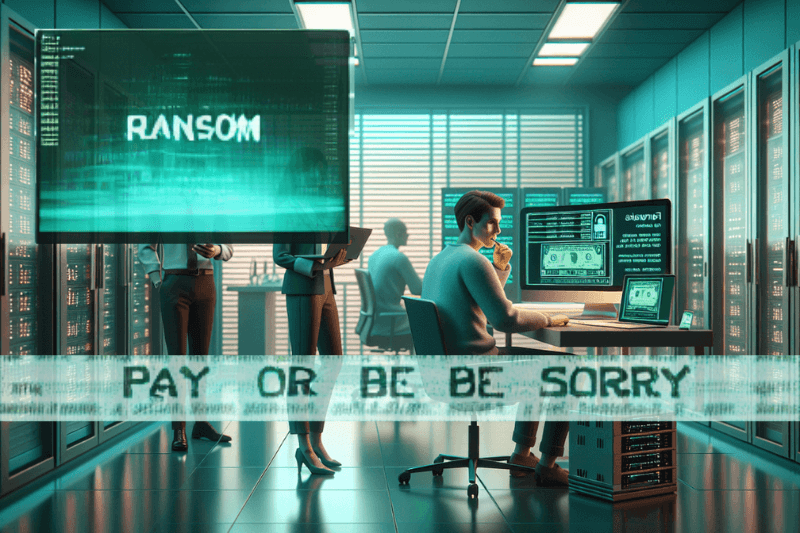
Cybersecurity risks for businesses, some metaphors from the world of gambling.
Find out if your team members are gambling with your Cyber Security?

In the high-stakes world of business, online and data security are constantly under threat. Your senior leaders hold the cards in this high-stakes game—some play it safe, others take risks unknowingly. Are they gambling with your company’s cyber security? Every decision can lead to success or disaster.

Cyber Threats: House Always Wins
In the world of cybersecurity, the house always has the edge. Hackers and cybercriminals are like seasoned poker players, always looking for tells and weaknesses. They know the game inside out, while your senior managers might just be learning the rules.
We live in a technological world, where you face an invisible enemy and can only protect your valuable assets using invisible defences.
This page looks at some common cyber threats that can put your business at risk.

Phishing Scams: The Bluff
Phishing is the classic bluff of cyber threats. Cybercriminals send deceptive emails that appear legitimate, hoping to trick employees into revealing sensitive information, which may include, urgent action requests you did not initiate, requests for personal information, delivered by email with a design to convince the user to open a malicious link or attachment. One careless click can lead to a full-blown security breach.
Is your team trained to spot these bluffs, or are they falling for the trick

Ransomware: Hostage Situation
Ransomware is the cyber equivalent of a hostile takeover. Malicious software locks your company’s data, demanding a ransom for its release. Paying up doesn’t guarantee the return of your data, just like in a shady backroom deal.
Ensure your house risks are covered with robust security measures, which are your best defences.

Insider Threats: Double Agent
Sometimes, the threat is closer than you think. Disgruntled employees or those with malicious intent can be the double agents in your midst. Whether through negligence or intentional harm, insiders can cause significant damage.
Do your managers have the insight to spot these threats and act accordingly?

Physical and Cyber Security
Cyber threats aren’t the only game in town. Physical security plays a crucial role in protecting your business assets.
Here are a few suggestions on how to ensure your company isn’t an easy target:
- Strong password Policy
- Multi factor authentication
- CCTV
- Backup data
- Encrypt Data
- Access Controls

Unauthorised Access: Card Counter
Just like a card counter sneaking into the casino, unauthorised individuals gaining access to your premises can spell trouble.
Implementing strict access controls, surveillance, and monitoring can keep intruders at bay.

Social Engineering: Con Artist
Con artists don’t just exist in movies. Social engineering tactics involve manipulating employees to gain physical or digital access. Training your staff to recognise and resist these tactics is essential.
Are your employees equipped to handle these high-stakes interactions?

Equipment Theft: The Heist
Imagine a well-executed heist where valuable company equipment and data are stolen. Laptops, servers, and mobile devices hold crucial information.
Ensuring these are securely stored and tracked can prevent such losses.

Employee Awareness: Wild Cards
Your employees are the wild cards in this game. They can either safeguard or compromise your security, depending on their actions and awareness.
Inadequate training leaves employees as novice players at the table, making costly mistakes. Regular training sessions and updates on security protocols are non-negotiable.
Are your staff members trained to play the game right?

Weak Passwords: Easy Tell
Weak passwords are like showing your hand to your opponent. Encouraging strong, unique passwords and implementing multi-factor authentication can make a world of difference.
Are your employees safeguarding their digital identities?

Neglecting Updates: Rusty Deck
Ignoring software updates is like playing with a rusty deck of cards. Outdated systems are vulnerable to attacks. Regular updates and patch management are crucial to maintaining a strong defense.
Is your IT team on top of these updates?

Legal Duties: Dealer’s Rules
In this high-stakes game, senior leaders and board members have a legal and fiduciary responsibility to protect the company. They must ensure robust security measures are in place and adhered to, minimising risks and safeguarding assets.
Dealer’s rules begins with a strong information security policy

Due Diligence: Strategic Play
Senior leaders must perform due diligence, ensuring that security protocols are comprehensive and up-to-date. This involves regular audits, risk assessments, risk treatments and staying informed about the latest threats

Compliance: Playing by Rules
Compliance with industry standards and regulations is non-negotiable. Whether it’s HIPAA, or other relevant regulations, adherence is crucial to avoid hefty fines and legal repercussions.
Ensure you are continually improving your Information Security Management System.

Accountability: Own the Game
Accountability means that senior leaders can’t pass the buck. They must foster a culture of security, leading by example and ensuring that everyone understands their role in protecting the company.
Download our free annual report on the true impact of cyber attacks on businesses. Gain valuable insights while securing a free consultation—all we ask is that you join our mailing list.
Our commitment: As a dedicated cyber security consultancy, your privacy is our priority. We will never share your contact details with anyone, for any reason.

Address
16 Kingcott Place, Annangrove NSW 2156

Support@Profitengineers.com.au

Phone

